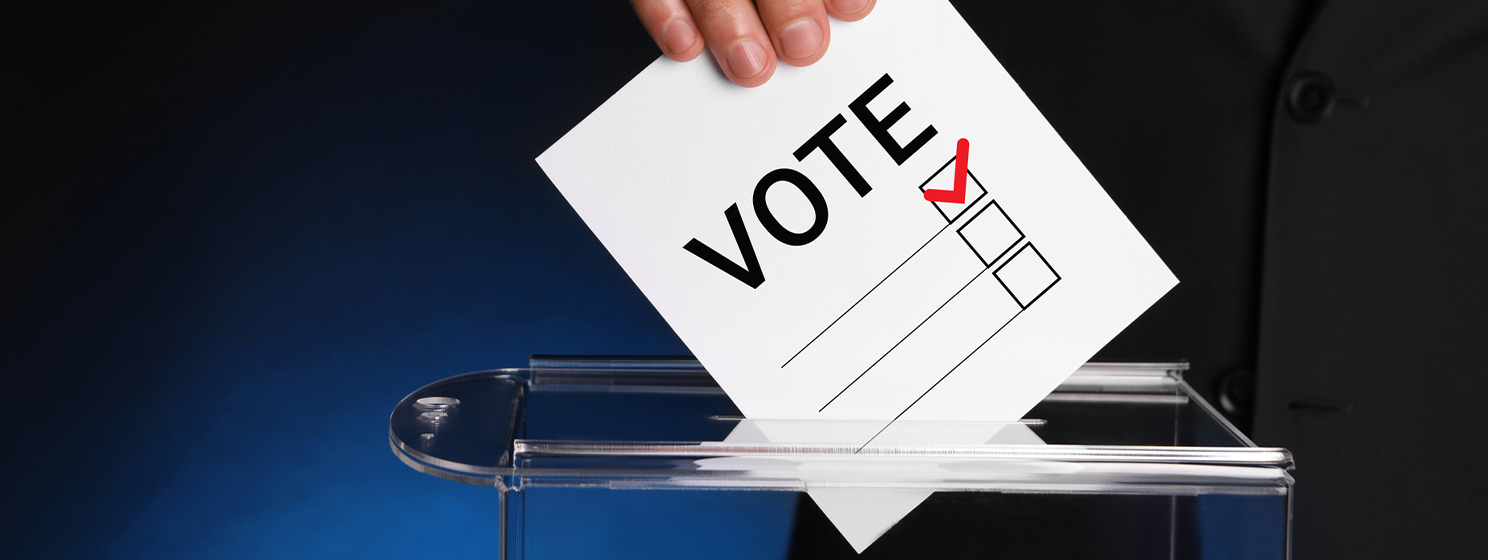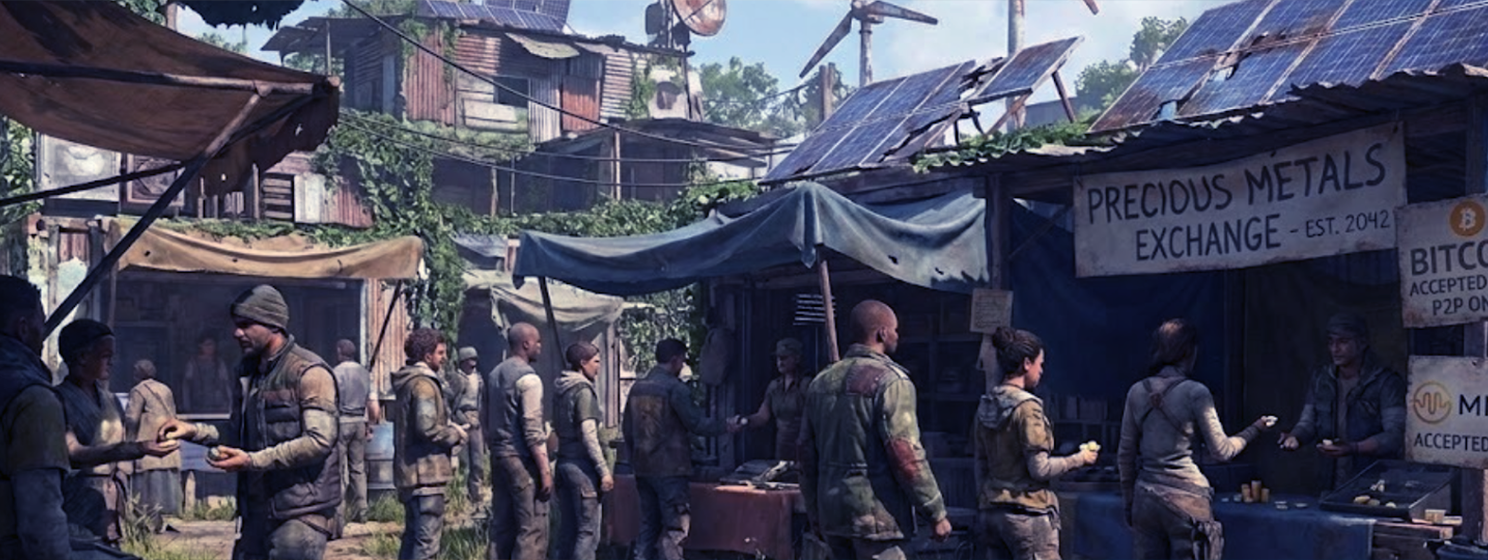|
Getting your Trinity Audio player ready...
|
My typical readers will know I have a philosophical and practical aversion to voting.
Philosophically, I don’t love that my vote acts as a sort of act of consent to be governed.
And practically, I don’t think the system actually gives good people a voice because of deep-rooted corruption and systematic disenfranchisement of Americans.
This is on top of the fact that I find most candidates absolutely nauseating.
I grew up hearing stories about Chicago politics, where the old saying went, “More people vote from the graveyard than from the neighborhood.” My grandparents, veterans of the city’s darkest political machine era, would share stories over dinner about infamous election nights where ballots seemed to multiply mysteriously, especially in precincts where loyalty was purchased rather than earned. Chicago wasn’t unique; it was merely the most flamboyant in a long history of electoral shenanigans. These stories are more than folklore; they’re the legacy of a deeply corrupt city and a reminder that election fraud is not new.
One of the most notorious examples of voter fraud occurred during the 1960 presidential election between John F. Kennedy and Richard Nixon. Allegations swirled that Chicago’s Cook County, under the sway of Mayor Richard J. Daley’s powerful Democratic machine, played a pivotal role in delivering Illinois to Kennedy. Ballot boxes were reported missing, votes were cast by people long deceased, and certain wards turned out vote counts that defied mathematical possibility.
The procedural gaps that allowed this fraud to happen included lax oversight, ballot stuffing, and blatant vote tampering—exploited by those who knew how to bend the system.
Recent history
Fast-forward to the 2020 U.S. presidential election, and we see a different yet equally contentious scenario. While allegations involving Dominion Voting Systems and claims of lost or destroyed ballots are still hotly debated, what is undeniable is the widespread mistrust in the process hearkening back to an understanding that election fraud is not new or uncommon.
Regardless of the validity of the claims, which are still being investigated, the fact that so many people could even entertain the possibility of electoral manipulation reveals an alarming erosion of public trust in our electoral infrastructure and our fellow Americans.
So, how do we fix it?
How do we create a system where trust isn’t just a talking point but an embedded feature? The answer lies in leveraging the power of the blockchain—specifically, the BSV blockchain, with its unique scalability and ability to handle massive data throughput efficiently. Here’s how it could be done:
The blockchain voting process
1. Voter registration and authentication
Eligible voters would register on a blockchain-based platform, providing verifiable identification. This step could integrate advanced authentication methods, like biometric verification or digital IDs, ensuring that each voter is uniquely identified and can only cast one vote. This digital identity would be secured as a token activated solely for the election period and limited to use within the voter’s jurisdiction.
2. Ballot distribution
Upon authentication, voters receive a digital ballot specific to their electoral district. This ballot is delivered through the blockchain and secured to ensure that only the verified voter can access and use it. The blockchain acts as a secure ledger, making unauthorized access or duplication nearly impossible.
3. Casting votes
Voters cast their votes using a user-friendly interface, such as a mobile app or web portal. The voting process is encrypted, and each cast vote is recorded as a unique transaction on the blockchain. Because blockchain records are probabilistically immutable, this ensures that each vote remains untampered from the moment it is cast.
4. Vote recording and transparency
Once recorded, the vote is visible on the blockchain ledger. This ledger provides a transparent, tamper-proof record that voters and independent auditors can review. Unlike traditional voting systems, where ballot boxes and electronic systems can be compromised, blockchain’s inherent transparency makes any attempt to manipulate votes glaringly apparent. And in the event of an alleged fraud, the data can’t be memory-holed by tyrants; therefore, watchdogs can audit the data forever!
5. Counting and results
Blockchain enables real-time vote counting, with results updated continuously as votes are cast and recorded. The decentralized nature of blockchain ensures that no single entity can control the results, effectively eliminating opportunities for vote tampering.
Advantages of blockchain voting
On top of the convenience of being able to vote from anywhere and reducing the friction of the often cumbersome voting experience, blockchain voting brings several key features that voters should be demanding from their government.
Security: The cryptographic features of the blockchain ensure robust protection against unauthorized access and fraud. Votes are recorded in an unchangeable ledger that anyone can audit, adding an extra layer of security.
Transparency: The public ledger offers a clear, traceable record of votes, allowing for independent verification. This transparency drastically reduces the potential for disputes over vote counts and election outcomes.
Accessibility: Blockchain technology supports remote voting, making participation easier for people who can’t visit polling stations. This could increase voter turnout, particularly in areas with limited voting access.
Challenges to address
I am an advocate for the technology, but I am not unaware of some of the challenges that plague the idea as well.
Scalability: Most blockchains can’t handle the data load of a nationwide or global election, and anyone looking into the tech would need to weed through a lot of noise about slow blockchains in order to get to the truth of the matter. BSV’s unbounded block size is built precisely for such large-scale operations, and to date, only BSV can provide the necessary throughput to manage millions of votes seamlessly.
Digital divide: While blockchain voting promises more accessible voting, it could be a hurdle for those without the required technology or stable internet access. However, this is not exclusive to blockchain voting—it’s a challenge for any digital-first system.
Device security: Blockchain is highly secure, but the devices used for casting votes may be susceptible to malware or hacking. This can be mitigated by strong security protocols and the transparency blockchain offers, allowing votes to be audited and confirmed as accurate after the fact.
The real challenge: Systemic resistance to change
There is, however, a deeper issue that even the most flawless technology can’t address: the human factor. The assumption is that people in power want fair and transparent elections, but history tells us otherwise. From the backrooms of Chicago to modern boardrooms and legislative halls, those who benefit from opaque systems often have little incentive to change them. Blockchain voting is a solution that voters should demand, but only an engaged and vigilant public can overcome the inertia of entrenched interests.
In the end, blockchain-based voting could restore trust, transparency, and participation in our democratic systems. BSV, with its scalability and cost-effectiveness, stands as the only blockchain capable of delivering such a vision. It’s time voters recognized the potential of technology not just as a buzzword, but as a tool to build a fairer, freer system where trust isn’t asked for—it’s guaranteed.
Watch: Teranode is the digital backbone of Bitcoin

 12-22-2025
12-22-2025 




